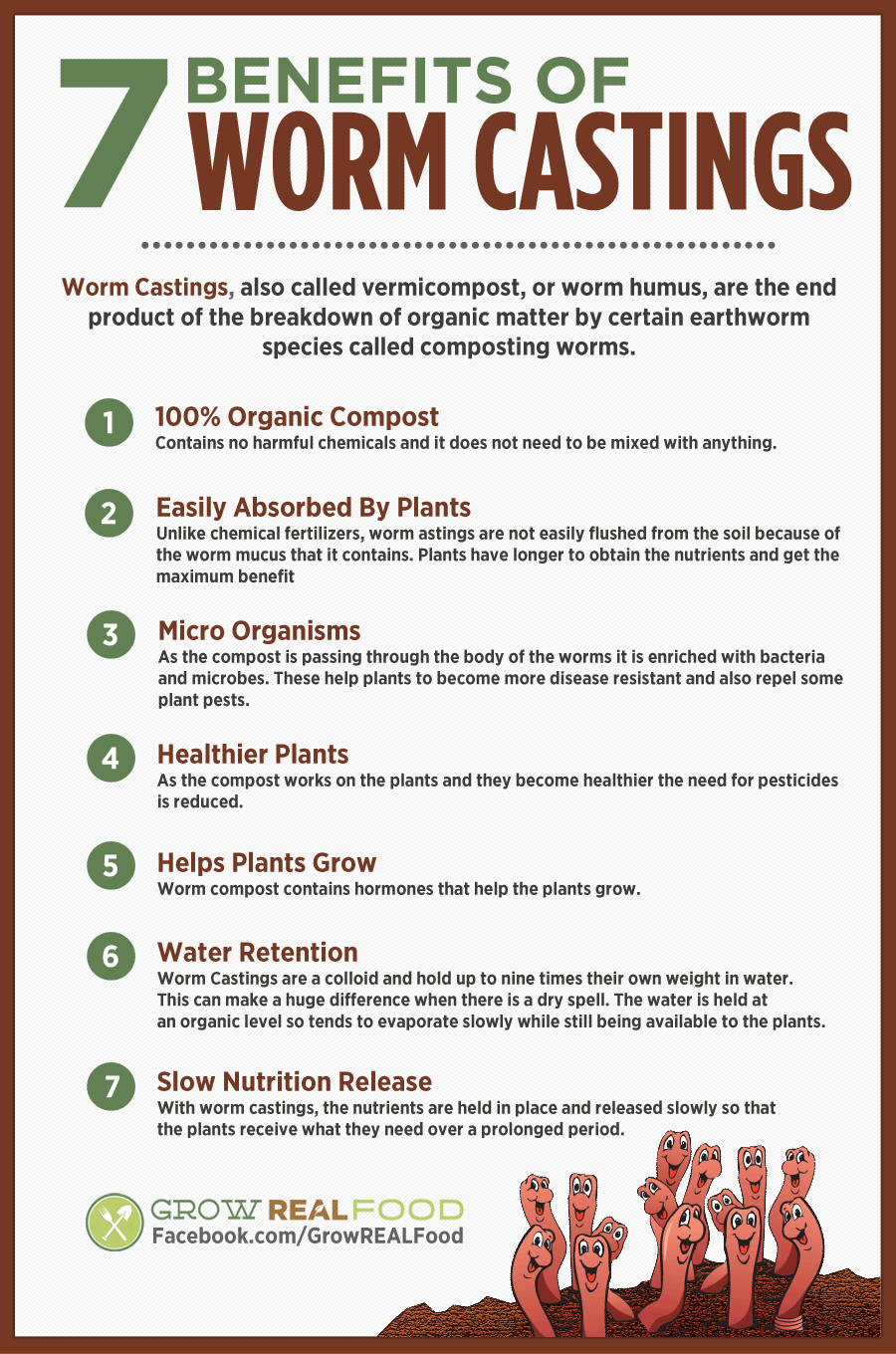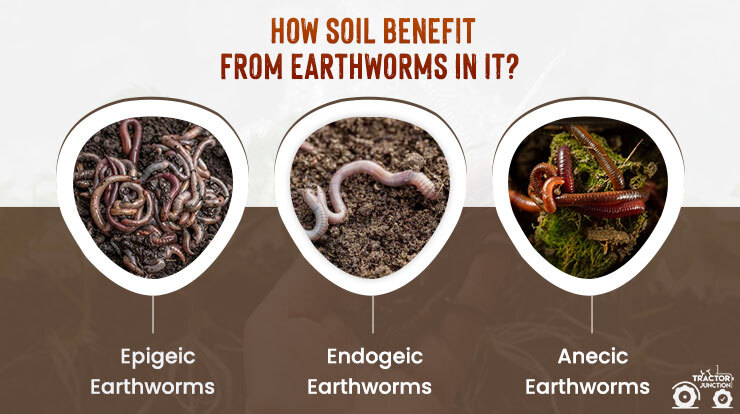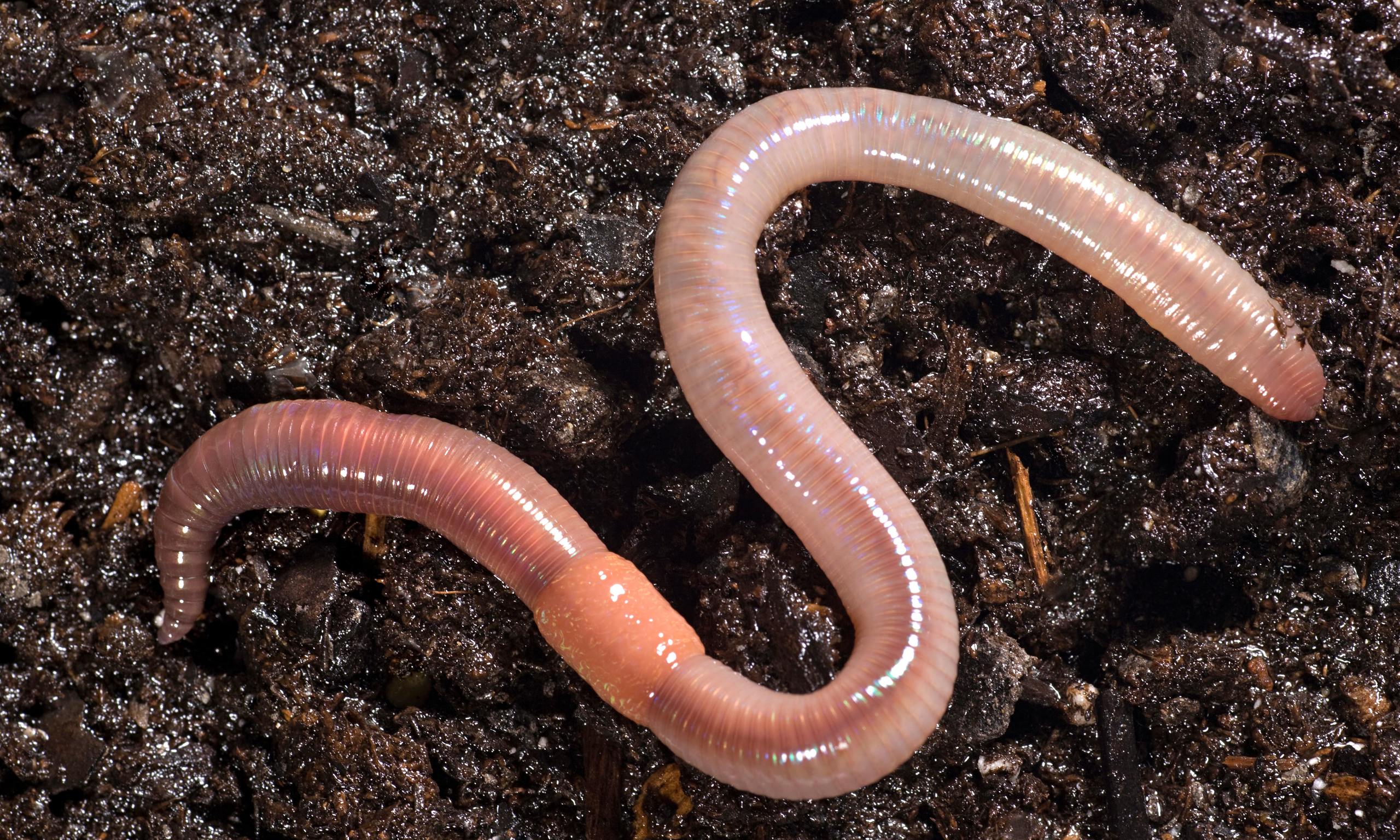8 Easy Facts About North Carolina Worms Explained
8 Easy Facts About North Carolina Worms Explained
Blog Article
North Carolina Worms for Dummies
Table of ContentsNorth Carolina Worms for BeginnersAn Unbiased View of North Carolina WormsNorth Carolina Worms for BeginnersNorth Carolina Worms Things To Know Before You Buy
Example: 1-gallon of worm spreadings to 4 gallons of potting mix. 1/2 cup in the bottom of the growing hole for smaller sized plants. 1 cup for larger plants.
The enhancement of tea can likewise add increased microbial biomass to your dirt. You can constantly side-dress your plants with worm castings at any moment. Simply bear in mind, the bacteria will pass away if revealed to UV rays (Sunlight), so make sure to cover the castings with an inch or so of dirt.
This frustrated them for years till the testing techniques came to be better. It would certainly get much better(with even more castings), level off, and after that decline. As well several worm castings would increase the growth to a speed that the plant can not recover from.
The Greatest Guide To North Carolina Worms
I have clarified the merits of worm spreadings for concerning 2000 words. Worm spreadings are no various. It takes time to produce top quality worm castings.
Worm castings definitely cost more than chemical plant foods. Worm spreadings are on the less costly end of natural plant foods. (50 gallons per year) It is a much tougher and very pricey investment to create huge amounts of worm castings.

As a matter of fact, creating a healthy dirt may be the best benefit of worm spreadings. Healthy soil was reviewed and how essential this has come to be to everybody. The leading 10 advantages of worm spreadings were also presented. We reviewed worm castings NPK and also the proper nutrient evaluation that should apply to worm castings.
The North Carolina Worms Statements
We talked regarding some of the drawbacks associated with worm spreadings. I covered a lot of material in this write-up.
The vertical burrows are usually open, although the worms top the top with residue and waste matter. Roots require oxygen for their development, whereas they create carbon dioxide that needs to leave the soil.
Earthworms increase porosity by 2 devices: (1) by developing irreversible burrows, and (2) by enhancing soil aggregation. Gathering is boosted by the blending of soil and organic issue in the earthworms' intestines. Lenoir NC Worms For Sale. These highly secure accumulations are deposited by some earthworms in their burrows, and by others at the surface of the dirt


In one more study, earthworms were estimated to take in 4 to 10 percent of the leading 6 inches of the dirt each year. This only goes to show the massive quantities of dirt that can be refined by earthworms. Soil compaction decreases the porosity of the dirt. Due to the fact that earthworms increase porosity, they minimize the results of compaction.
Not known Factual Statements About North Carolina Worms
Regular earthworm populaces can quickly take in 2 lots of completely dry matter per acre per year, partly digesting and blending it with dirt. The value of earthworms to mix surface residue with soil ends up being very clear in soils that do not have any type of earthworms. The majority of our Pennsylvania dirts have at least some earthworms, and the impact of their full lack, consequently, can not be noted.
(https://gowwwlist.com/gosearch.php?q=http%3A%2F%2Fwww.northcarolinaworms.com%2F)In these soils, the development of topsoil with affordable natural matter web content did not take area, causing inadequate crop development. When the cause was established, the government of the Netherlands started a campaign to introduce earthworms. After the intro of the earthworms, a dark topsoil layer was formed, and plant development raised considerably.
They live largely from partially decomposed raw material that is currently integrated in the soil. They eat their way via the dirt, developing straight burrows that they fill up with their excrement. These species ingest huge quantities of dirt that they blend with digested plant deposit in their intestines. or anecic varieties stay in irreversible upright burrows that can be 5 or 6 feet deep.
Their burrows continue to be open, although they cap the leading with plant residue that they draw to the entry. These species consume considerable amounts of dirt that they blend with digested deposit in their digestive tracts. Their waste matter is mostly deposited at the surface of the dirt. The nightcrawler Lumbricus terrestris is the most popular participant of this team.
Report this page